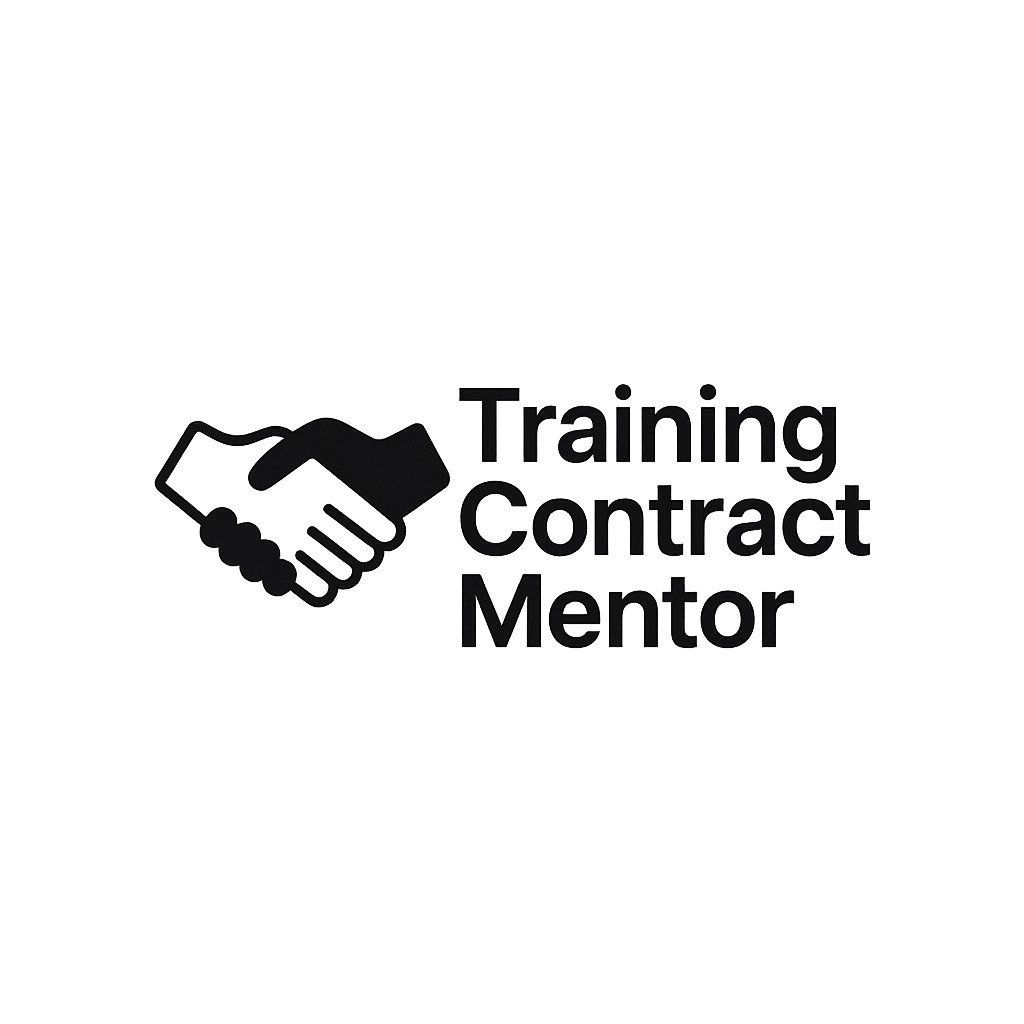What is/how to answer competency questions on a training contract/vacation scheme application
First off, what is a competency question?
A competency question is a type of question that looks to find out what skills you have.
What does a competency question look like?
On training contract/vacation scheme applications, they’ll look like:
What skills….
Describe a time….
Describe a recent achievement….
How would you….
How do I answer them?
Most people will say use the STAR technique:
Situation
Task
Action
Result
e.g.
Q: Describe a time when you showed effective communication skills
A: I worked at a bar during my summer holidays. I was tasked with serving a large group of customers a range of wines. I used effective communication skills to verbally explain the wine menu and record their orders on a notepad, allowing me to input the group’s order into the till and ensure the correct drinks were dispensed. As a result, I was able to serve the group with their correct drinks.
Now that answer above is fine. It shows the situation, task, action, and result. However, it doesn’t stand out. There’s nothing particularly impressive about it. Here’s how to improve it:
A: I worked at a bar during my summer holidays. I was tasked with serving a large group of customers a range of wines. I used effective communication skills to verbally explain the wine menu and record their orders on a notepad, allowing me to input the group’s order into the till and ensure the correct drinks were dispensed. I also used an appropriate tone of voice to make each group member feel relaxed when providing me with their order. To ensure I delivered the order quickly, I immediately asked a colleague who was behind the bar to help me check we had all the drinks ordered in stock. I also let my supervisor know that I was serving this large group so that they would know not to assign me other customer orders until I had completed this order. To speed up the dispensing of the drinks, I persuaded my colleague to source additional clean wine glasses as a limited number were available in the preparation area. In addition, I struck a line through each order on my notepad once I had a dispensed it to ensure I had dispensed all the drinks ordered. As a result, I was able to serve the group with their correct drinks in an efficient manner. The immediate impact of my actions was that the group was so satisfied with their service that they provided me with a large tip and left positive feedback on a review website. Upon reflection, I learned the importance of writing clear order details down to ensure orders are fulfilled correctly and the value of communicating effectively with colleagues and customers. I subsequently shared how to communicate effectively with large groups at our next team meeting to support new colleagues on how to fulfill group orders.
You can see the difference. Instead of one action, there are five. It’s more detailed. It shows the person reading this answer multiple ways the candidate used their communication skills in this scenario - not just one.
As a golden rule: the action element of your answer should ideally have five action points - not one. That’s because recruiters are less interested in the situation, task or result element of your answer. They’re more interested in the actions you took in the given situation and task to achieve the result. And this is where a lot of candidates fall down - they spend far too much of their word count talking about the situation, task, and result because they think the situation or task makes the situation sound very challenging or complex, and the result is impressive. In truth, the situation, task and result could be rather mundane if you’re showing off a range of skills which the recruiter is looking for.
You’ll also see in the second answer that there’s a sentence about impact. This tells the recruiter that your actions not only led to a result but they also had a wider benefit. This elevates your answer by confirming how right you were to make those actions and how effective you were in the situation.
There’s then a sentence about reflection. Reflecting on your actions and results tells the recruiter what you learned from the experience and how you value a strong skillset. It also indicates you have a “growth mindset”, recognising your strengths and skills you can develop.
The answer finally wraps up with a line about what you did with the experience. In this example, the candidate took it to a team meeting to share the experience with his colleagues to promote knowledge sharing and team learning. This tells the recruiter that the candidate not only fulfilled the task set using the skills required but also took an additional step - in this example, it shows the recruiter they are also a team player.
So in summary, the best way to answer competency questions are:
Have five actions, not one
Briefly describe the situation, task and result. One sentence per each is sufficient (two max).
Describe the overall impact of your actions.
Explain how you reflected on your actions.
Explain what you did with your achievement - e.g. did you share knowledge about it at a team meeting? Did you write it in a log to revert to when dealing with similar scenarios?
This will take your answer to any competency question to the next level.

